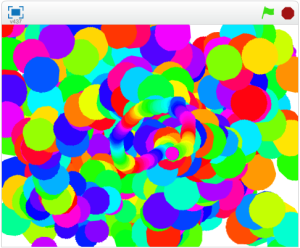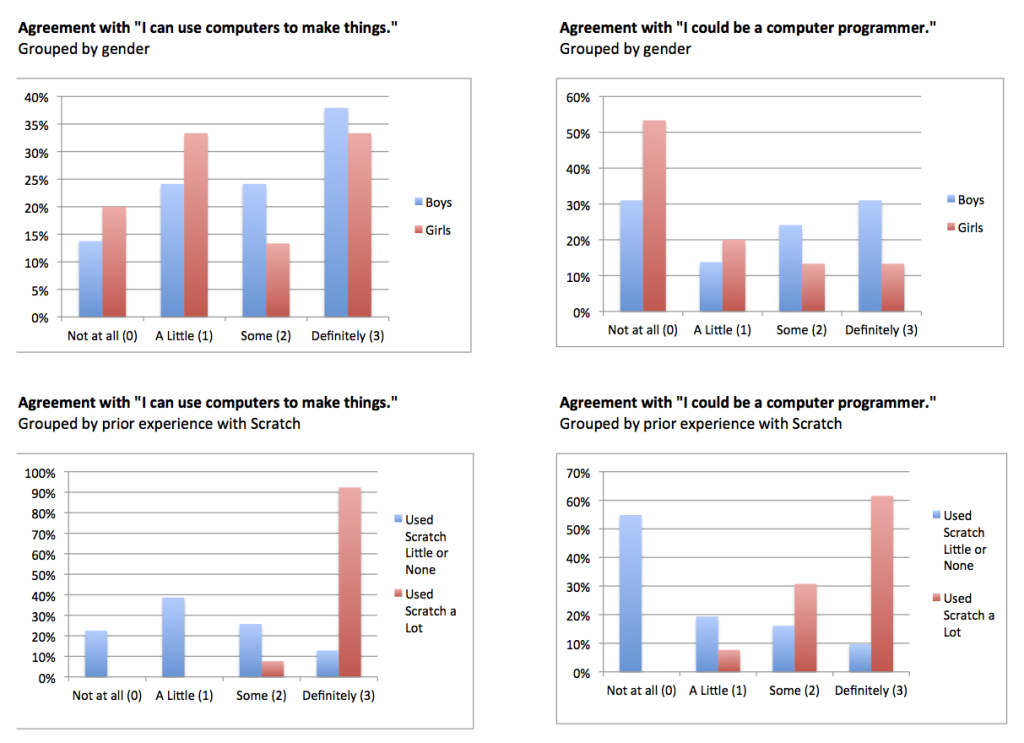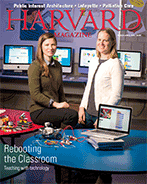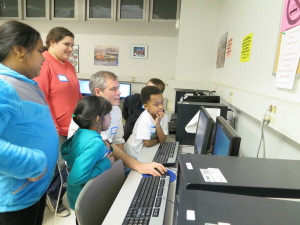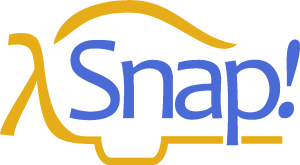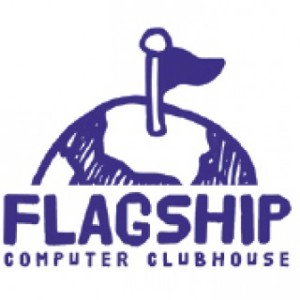 I’m going to be volunteering this summer as a mentor at the Computer Clubhouse Flagship location at the Museum of Science. The Computer Clubhouse provides free creative technology access, guidance, community, and inspiration to area kids ages 10-18, especially kids from low income families without ready access to these things. The flagship Clubhouse was founded by Natalie Rusk, Mitch Resnick, and others from the MIT Media Lab during the 90’s, and since then the Clubhouse network has grown (thanks in part to a partnership with Intel) to over 100 locations worldwide. The Clubhouse’s philosophy is a perfect fit for mine, since the emphasis is on encouraging the kids to pursue their own projects deeply and to learn in that context. Mentors, which is what I’ll be, accompany and guide the kids in their explorations rather than “teaching” in a traditional sense.
I’m going to be volunteering this summer as a mentor at the Computer Clubhouse Flagship location at the Museum of Science. The Computer Clubhouse provides free creative technology access, guidance, community, and inspiration to area kids ages 10-18, especially kids from low income families without ready access to these things. The flagship Clubhouse was founded by Natalie Rusk, Mitch Resnick, and others from the MIT Media Lab during the 90’s, and since then the Clubhouse network has grown (thanks in part to a partnership with Intel) to over 100 locations worldwide. The Clubhouse’s philosophy is a perfect fit for mine, since the emphasis is on encouraging the kids to pursue their own projects deeply and to learn in that context. Mentors, which is what I’ll be, accompany and guide the kids in their explorations rather than “teaching” in a traditional sense.
I’ll be there every Friday once their summer schedule starts in July, but in a couple of preliminary visits I’ve already met some amazing kids making videos, recording music, and doing Scratch programming. (Scratch was actually developed for use in the Clubhouse network, I learned!) I’ve also met some amazing staff, like the current clubhouse manager Jackie Gonzalez and coordinator Kaz Okeyo, and former clubhouse manager Rosa Alemán. I learned about very cool clubhouse events they’ve organized in the past, like participation in the Illuminus Boston public art project and a “World Builders” project that Rosa organized where the kids worked together to define the backstory of an alternate world and then create physical and electronic projects to flesh the world out into an interactive LARP experience. So cool.
I’m really looking forward to being a part of the Computer Clubhouse. I love it when people work toward technology access not just for school performance or economic impact, but for creativity, community, and meaning.
